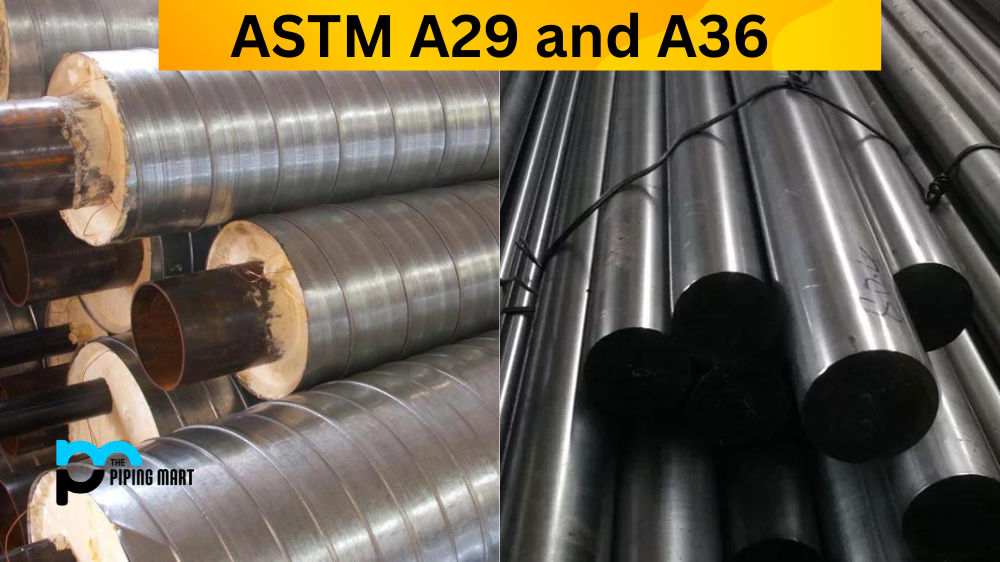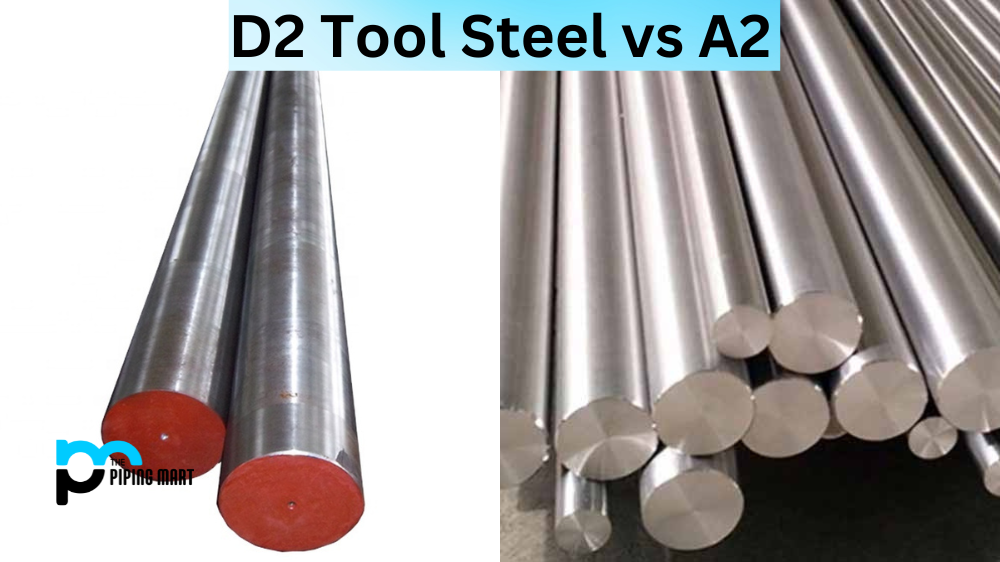When choosing the right type of steel for a specific application, the material’s characteristics play a crucial role in the selection process. Two of the most common types of steel you may come across in engineering specifications are ASTM A29 and A36. While both meet specific requirements, they are somewhat interchangeable. This article will explore the difference between ASTM A29 and A36 and how they are used in different industries.
What is ASTM A29?
ASTM A29 is a carbon steel specification covering various engineering steel, including hot-rolled, cold-finished, and annealed carbon steel bars. The standard is commonly utilized in mechanical applications, including gear manufacturing, shafts, bolts, connecting rods, and axles. The ASTM A29 specification emphasizes the chemical and mechanical properties of the material over the manufacturing process.
What is ASTM A36?
ASTM A36 is a structural steel specification covering carbon steel shapes, plates, and bars of structural quality for use in riveted, bolted, or welded bridges, buildings, and general structural purposes. The steel is often utilized in construction, civil engineering, and structural applications. The ASTM A36 specification emphasizes the chemical and mechanical properties of the material, making it crucial for a wide range of structural applications.
Difference Between ASTM A29 and A36
While both ASTM A29 and A36 have similar carbon content levels, the differences lie in their mechanical properties. ASTM A36 is designed for structural applications and has a minimum yield strength of 36,000 psi, while ASTM A29 specifies a minimum yield strength of 40,000 to 105,000 psi. A36 is also more malleable than A29 due to its low carbon content. Additionally, ASTM A36 has a specific requirement for the carbon content of the alloy, while ASTM A29 does not.
Applications
The primary application for ASTM A29 is within the mechanical industry. It is commonly used to make gears, shafts, axles, and other mechanical parts. ASTM A36, on the other hand, is designed for structural applications, including the construction of buildings, bridges, and other large-scale structures. A36 can also be machined, welded, and formed more easily than A29.
Choosing Between ASTM A29 and A36
The application’s requirements should be considered when selecting ASTM A29 and A36. If the project requires a machinable, weldable, and ductile material, A36 may be the preferred option. However, if the product requires higher strength and hardness, A29 may be the better choice. The decision should be based on the requirements for the specific application and all factors considered carefully before making a final decision.
Conclusion
In conclusion, ASTM A29 and A36 are critical steel specifications used in different industries. Understanding the differences between the two is key to selecting the right type of steel for a specific application. While both materials have similar chemical compositions, the mechanical properties and applications differ. Thus, before utilizing either standard for a particular project, it is essential to identify the materials’ requirements and ensure that the product specifications are appropriate for the application.

Meet Bhavesh, a seasoned blogger with a wealth of knowledge and experience. From metal products manufacturing to retail, Bhavesh has a diverse background in various industries and is dedicated to sharing his insights and expertise with readers.




